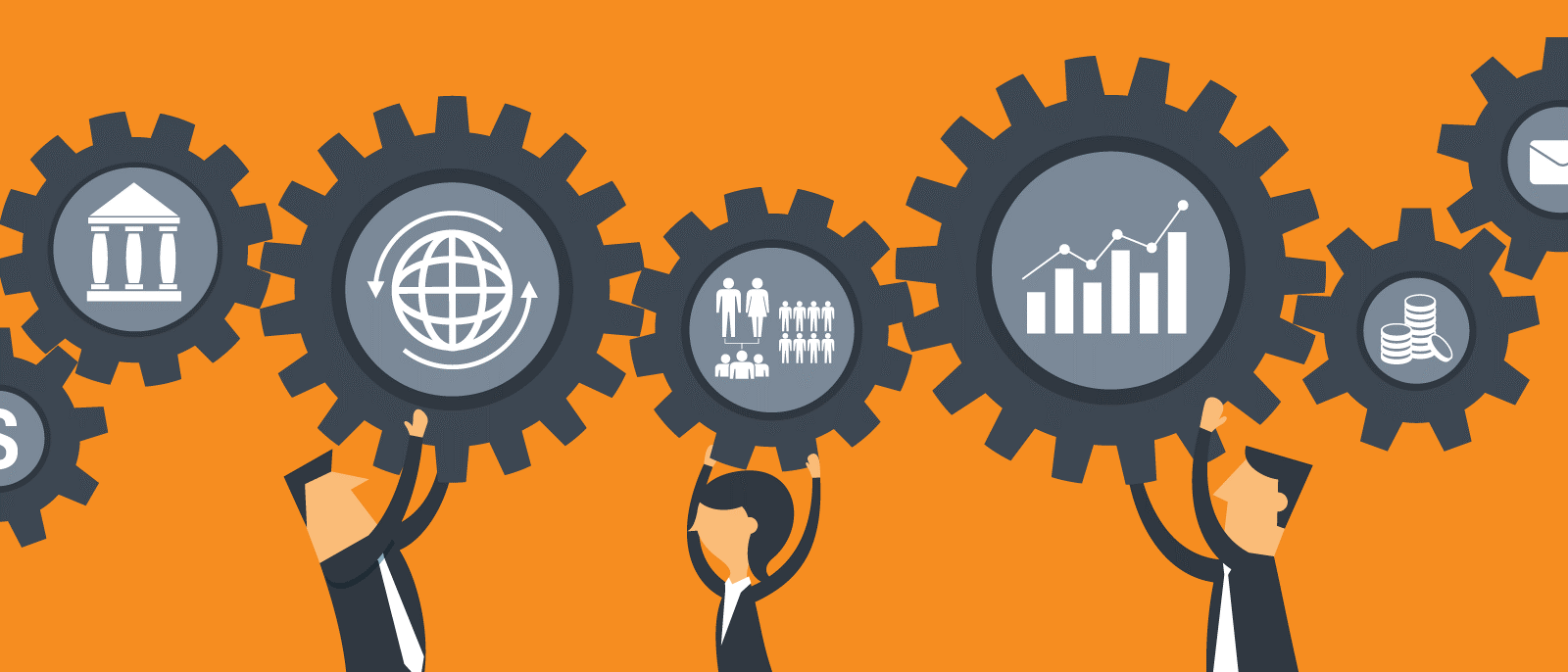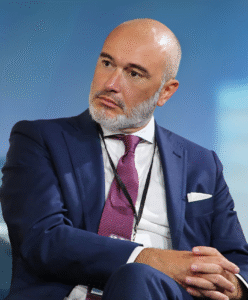
UK Grocery Inflation Eases to 5% in August 2025
UK grocery inflation eases to 5% in August 2025, showing slight relief. Consumers shift to value shopping as branded items rise and dining out declines.

Lately, employee well-being has topped the list of corporate agendas. And ever since the coronavirus pandemic, ensuring employee well-being has imposed many challenges globally.
During the first wave of lockdown, the main focus was to take quick actions to ensure employees’ safety and give them the company’s support and assurance. Currently, several business organizations are determining ways to reimagine their well-being strategies for the long haul.
Be that as it may, there are several challenges in curating a solid well-being strategy. Some of them are employees being dispersed and physically disconnected, blurred borders between work and home life, and the most critical challenge being the social, emotional, physical, and mental impacts of long-term working from home.
A strong well-being strategy, however, can ensure health, happiness, and also resilience in a workforce resulting in better productivity and reduced costs.
As companies plan ahead with the end goal of planning and executing a proper well-being strategy, it is vital to keep in mind that the one-size-fits-all approach can’t really be used. Companies would have to prioritize differently in terms of people and abilities since different individuals have varying needs in an organization. For instance, an undergraduate who interns at a company may have challenges that differ from a parent working in the same company under the same role. So here are a few tips that you can consider while you plan out a solid well-being strategy for your employees:
With this in mind, you can perhaps picture a way through a solid, achievement-driven strategy that can boost your employees’ trust and assurance.

UK grocery inflation eases to 5% in August 2025, showing slight relief. Consumers shift to value shopping as branded items rise and dining out declines.

Zelenskiy–Trump summit boosts markets as equities rise and the dollar steadies amid growing peace hopes. Investors await Fed insights at Jackson Hole for further direction.

Statistics Canada is investigating an accidental early release of June manufacturing data, raising concerns over data governance and market integrity. The agency has launched an internal review to strengthen its publishing protocols.

Investor confidence in France is deteriorating as political gridlock and budgetary uncertainty deepen.

June 09, 2025: Canada will host the 50th G7 Summit from June 15 to 17 in Kananaskis, Alberta, amid heightened global tensions and economic rifts.

May 30, 2025: Canada’s economy expanded at an annualized rate of 2.2% in the first quarter of 2025, outperforming the market forecast of 1.7%.

At seventeen, Professor Richard Rose stepped into a world few adults dare to navigate: the world of children fractured by trauma. He wasn’t a clinician then, nor a scholar. He was simply a young man with a heart tuned to the quiet ache of others.

Following a distinguished Law Enforcement career Joe McGee founded The Securitatem Group to provide contemporary global operational specialist security and specialist security training products and services for private clients, corporate organisations, and Government bodies. They deliver a wide range of services, including complete end-to-end protection packages, close protection, residential security, protection drivers, and online and physical installations. They provide covert and overt investigations and specialist surveillance services with a Broad range of weapons and tactical-based training, including conflict management, risk and threat management, tactical training, tactical medicine, and command and control training.

Jay Wright, CEO and Co-Owner of Virgin Wines infectious energy, enthusiasm, passion and drive has been instrumental in creating an environment that encourages talent to thrive and a culture that puts the customer at the very heart of every decision-making process.

Fabio de Concilio is the visionary CEO & Chairman of the Board at Farmacosmo, a leading organization dedicated to mental health and community support services. With a deep commitment to identifying and meeting customer needs, Fabio ensures that high standards are maintained across the board.

Leave us a message
Subscribe
Fill the form our team will contact you
Advertise with us
Fill the form our team will contact you